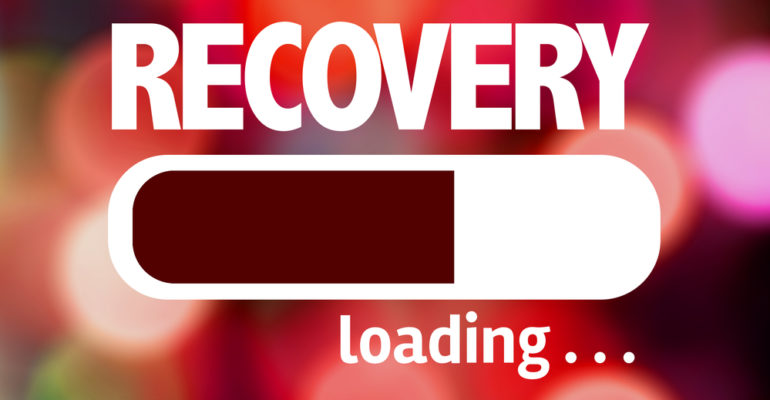Why the Abstinence Model is Failing Individuals with Substance Use Disorder
In the realm of addiction treatment, the abstinence model[1] has long been touted as the gold standard for achieving sobriety. Rooted in the belief that complete cessation of substance use is the only path to recovery, this approach has dominated treatment protocols and public perception for decades. However, despite its widespread adoption, the abstinence model has proven to be deeply flawed, often failing to address the complex needs and realities of individuals with substance use disorder (SUD).[2] The fundamental flaw of the abstinence model lies in its one-size-fits-all approach, which overlooks the diverse factors contributing to addiction and recovery. Substance use disorders are not solely a matter of willpower or moral failing; they are complex biopsychosocial conditions influenced by genetic predispositions, trauma, socioeconomic factors, and co-occurring mental health issues. Expecting every individual to achieve and maintain abstinence without addressing these underlying factors is not only unrealistic but also counterproductive.[3]
Moreover, the abstinence-only approach stigmatizes individuals who struggle with substance use, portraying them as weak-willed or morally deficient. This stigma not only undermines self-esteem and motivation but also creates barriers to seeking help and support. By framing relapse as a personal failure rather than a common and often predictable part of the recovery process, the abstinence model perpetuates shame and guilt, further hindering progress towards healing.[4]
Furthermore, rigid adherence to abstinence can lead to harmful consequences, such as increased risk of overdose and death among individuals who relapse after periods of sobriety.[5] In some cases, the pressure to maintain abstinence at all costs may discourage individuals from seeking life-saving harm reduction strategies, such as naloxone distribution or supervised consumption sites, that could prevent overdose fatalities.
Fortunately, there is a growing recognition within the field of addiction medicine that the abstinence model is not the only pathway to recovery. Harm reduction approaches, which prioritize reducing the negative consequences of substance use rather than demanding immediate abstinence, have gained traction as more compassionate and effective alternatives.[6]
Harm reduction strategies such as opioid substitution therapy (e.g., methadone or buprenorphine maintenance), needle exchange programs, and supervised injection facilities have been shown to improve health outcomes, reduce overdose deaths, and increase engagement with healthcare services among individuals with SUD.[7] By meeting individuals where they are and providing non-judgmental support, harm reduction acknowledges the realities of addiction and empowers individuals to make safer choices while working towards their goals of recovery.
Similarly, medication-assisted treatment (MAT), which combines medications like buprenorphine or methadone with counseling and behavioral therapy, has emerged as a highly effective approach for managing opioid use disorder.[8] MAT not only reduces cravings and withdrawal symptoms but also helps stabilize individuals, allowing them to focus on rebuilding their lives and addressing underlying issues contributing to their addiction.
It’s time to recognize that recovery is not a linear journey, and there is no one-size-fits-all solution for addressing substance use disorder. By embracing harm reduction principles and expanding access to evidence-based treatments like MAT, we can shift away from the failed abstinence model and towards a more compassionate and effective approach to addiction care.
In conclusion, the abstinence model has long been the cornerstone of addiction treatment, but its limitations are becoming increasingly apparent. By prioritizing harm reduction, medication-assisted treatment, and holistic approaches that address the underlying factors driving addiction, we can create a more inclusive, effective, and humane system of care for individuals with substance use disorder. It’s time to rethink recovery and embrace approaches that meet people where they are, support them with compassion and dignity, and empower them to reclaim their lives.
[1] Thompson, Geoff. “Abstinence approaches to addiction treatment.” Retrievedfrom International Network on Personal Meaning website: http://www. meaning. ca/archives/archive/art_ED_col_may_06_abstinence-addition-treatment_G_Thompson. htm (2007).
[2] Paquette, Catherine E., Stacey B. Daughters, and Katie Witkiewitz. “Expanding the continuum of substance use disorder treatment: Nonabstinence approaches.” Clinical Psychology Review 91 (2022): 102110.
[3] Drabiak, Katherine. “Expanding Medication Assisted Treatment is Not the Answer: Flaws in the Substance Abuse Treatment Paradigm.” DePaul J. Health Care L. 21 (2019): 1.
[4] Earnshaw, Valerie A. “Stigma and substance use disorders: A clinical, research, and advocacy agenda.” American Psychologist 75.9 (2020): 1300.
[5] Gallagher, John Robert, et al. “A perspective from the field: Five interventions to combat the opioid epidemic and ending the dichotomy of harm-reduction versus abstinence-based programs.” Alcoholism treatment quarterly 37.3 (2019): 404-417.
[6] Perera, Rachel, et al. “Meeting people where they are: implementing hospital-based substance use harm reduction.” Harm reduction journal 19.1 (2022): 14.
[7] Sharp, Amanda, Joshua T. Barnett, and Enya B. Vroom. “Community perceptions of harm reduction and its implications for syringe exchange policy.” Journal of Drug Issues 50.4 (2020): 507-523.
[8] Sebastian, Nicole. MAT Efficacy and the Outcomes of Harm Reduction, Abstinence, and Recovery. Diss. California Southern University, 2022.






